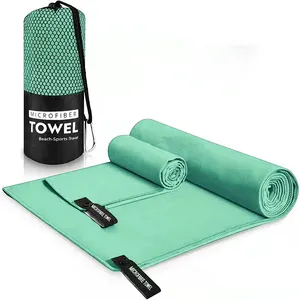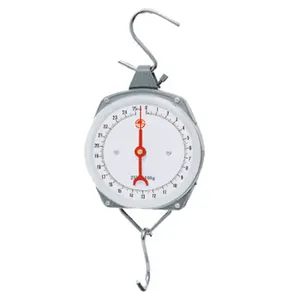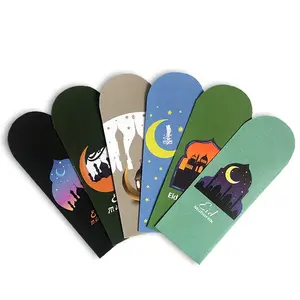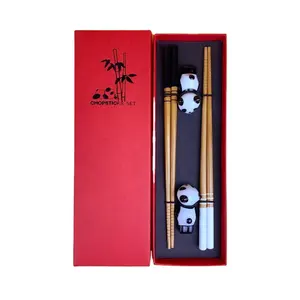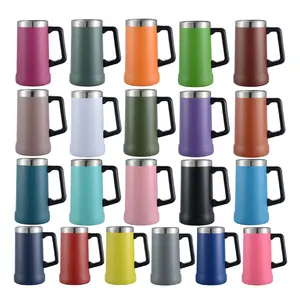Popular in your industry
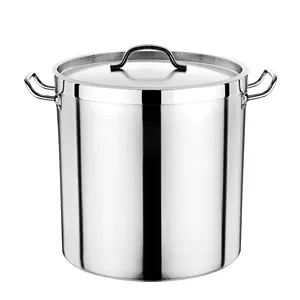




































































Related Searches:













































































































Top categories
About large pots for cooking
Introduction
Choosing the right large pot for your kitchen can be a daunting task, given the myriad of options available. From stockpots to Dutch ovens and multi-pots, each type serves a unique purpose and comes with its own set of advantages. The material, size, handle comfort, maintenance, and price are all factors that can significantly impact your cooking experience and the outcome of your dishes. This comprehensive guide aims to demystify the process of selecting the perfect large pot for your cooking needs, providing insights into different types of pots, factors to consider when choosing one, and tips on how to care for your pot to ensure its longevity.
Understanding Different Types of Large Pots
Large pots for cooking come in various types, each serving a unique purpose. Stockpots, for instance, are large flat-bottomed pots with tall sides, ideal for boiling water, cooking pasta, and making soups. Dutch Ovens, made from denser materials like stoneware and ceramic, are perfect for slow-cooked meals, retaining moisture and heat evenly. Multi-pots, although not mentioned in the original content, are versatile cooking pots with a strainer insert, great for boiling pasta or steaming vegetables. Understanding the different types of large pots can help you choose the right one for your cooking needs.
Stockpots
Stockpots are large, deep pots ideal for making soups, stews, and stocks. They come in various materials like stainless steel, tri-ply, multi-clad, aluminum, hard-anodized aluminum, and non-stick. Stainless steel stockpots are durable, easy to clean, and heat quickly. Tri-ply and multi-clad pots offer even heat distribution, while aluminum pots are affordable and heat quickly but may react with certain foods. Hard-anodized aluminum pots are twice as hard as stainless steel and resist scratches. Non-stick pots are easy to clean and ideal for cooking on low-medium heat. Stockpots range in size from 6 to 60 quarts, depending on the cooking needs.
Dutch Ovens
Dutch ovens are versatile kitchen essentials, typically made from seasoned or enameled cast iron or ceramic. They can withstand high heat and are perfect for a variety of cooking tasks. Dutch ovens are ideal for baking bread, making casseroles, lasagnas, skillet cookies, and even frying. They are also excellent for roasting, poaching chicken, and preparing soups, stews, and chilis. Brands like Lodge, Le Creuset, Tramontina, Anolon, and Staub offer Dutch ovens with different features and price points.
Multi-Pots
A multi-pot is a versatile cooking device that combines several appliances into one. It functions as a pressure cooker, slow cooker, electric pot, rice cooker, veggie steamer, and yogurt maker. This all-in-one appliance can replace single-purpose appliances, making it ideal for those with limited kitchen space. It can be used to prepare a wide variety of foods, from soups and stews to rice and yogurt. However, it may not function exactly as traditional cooking devices, and it's not ideal for cooking fried foods or anything that requires a dry heat source.
Factors to Consider When Choosing a Large Pot
Choosing the right pot for cooking can significantly impact the outcome of your dish. A large pot is ideal for boiling water or cooking pasta, providing ample space for the ingredients to move freely and cook evenly. It's recommended to have a pot that holds at least 6 quarts. When cooking grains or vegetables, a medium pot is often sufficient. However, if you only own one pot, it should be a large one. The size of the pot is crucial to prevent overcrowding and ensure proper cooking.
Material
When choosing a large pot for cooking, material is a crucial factor. Cast iron pots are durable, affordable, and retain heat well, but require extra care. Enameled cast iron pots are easier to clean and suitable for acidic foods, but are more expensive. Stainless steel pots are nonreactive and heat up quickly, but don't distribute heat evenly. Carbon steel pots retain heat well and are lightweight, but require seasoning. Copper pots have great heat retention but are expensive and reactive. Aluminum pots are lightweight and retain heat well, but can react with certain foods. Nonstick pots are easy to clean and require less oil, but their coating can chip over time. Ceramic pots are nonstick and free of harmful chemicals, but their nonstick quality can fade. Silicone pots are stain-resistant and nonstick, but their safety is still under research.
Size
Stock Pots come in a variety of sizes, and using one that is too big or too small can affect your cooking. An 8 Quart Stock Pot is the most common size, perfect for making eight to twelve servings of soup or chili, or boiling one to two boxes of pasta. A 12 Quart Stock Pot offers more cooking space, ideal for large format cooking. Stock Pots can also come in smaller or larger sizes, but these aren't as common. Choosing the right size depends on your cooking needs.
Handle Comfort and Safety
When choosing a large pot for cooking, handle comfort and safety are paramount. Handles are the only element we interact with when cooking, making them an essential component. They must provide comfort, quality, and safety, as they are designed for everyday use. The size, shape, and weight of the handle contribute to the perceived quality of the pot. Therefore, a stable and comfortable grip is crucial. Additionally, the handle helps define the aesthetic appeal of the pot, enhancing its overall quality.
Maintenance and Durability
Maintenance and durability are key aspects to consider for your large cooking pots. Over time, pots can be exposed to wear, weathering, and mineral deposits that affect their appearance and functionality. Regular cleaning, repainting, and sealing your pots, preventing cracking and clogging in the drainage holes, and proper storage can ensure that your pots remain in top condition. This not only preserves their longevity and appearance but also ensures they continue to serve their purpose in your kitchen for many seasons to come.
Price and Brand
When it comes to price and brand, the Cuisinart MultiClad Pro Stainless Steel Stockpot stands out as the best overall. Its solid construction, even heating, and wide handles make it a standout. For those on a budget, the Cook N Home Stainless Steel Stockpot is a great choice, costing less than $50. If you're willing to splurge, the All-Clad D3 Stainless Steel 12-Quart Covered Stock Pot is a high-end option. Lastly, Tramontina's Gourmet Stainless Steel Stockpot is a reliable choice, often available at a discount.
How to Care for Your Large Pot
Maintaining your large cooking pots is crucial for their longevity. Regular cleaning prevents buildup and keeps your pots in optimal condition. If your pot is made of a material like cast iron, consider using a maintenance oil to keep it well-seasoned. Avoid moving the pot excessively when filled to prevent damage. Ensure good drainage when washing to avoid water accumulation. Any damage should be addressed quickly to prevent further deterioration. Choose pots that require low maintenance for convenience. Always ensure the maintenance type suits the material of the pot.
Cleaning and Storage
Storing your large pots for cooking efficiently is crucial. Position them near the cooking zone for easy access. If you have deep drawers, they can be an effective storage option, providing ample space and easy access. Consider lining the drawer with a pegboard to protect pots from scratches and keep them organized. If you're using cabinets, consider installing sliding racks for easy access. Remember to store lids separately to maximize space. For pots used less frequently, consider organizing deep pantry shelves. Always ensure your pots are neatly organized to avoid a cluttered kitchen.
Seasoning (for Cast Iron Pots)
Seasoning refers to the hard, practically nonstick surface coating your cast iron pot. Most cast iron pots come pre-seasoned, ready for cooking as soon as you take them out of the box. Over time, the seasoning erodes, and you’ll need to re-apply it by brushing the pot with a thin layer of neutral oil and heating it until the oil bonds to the metal. The surface looks dry and patchy when the seasoning has eroded. It's a good practice to season your pot every so often before the seasoning starts to break down.
Avoiding Common Damages
To avoid common damages to your large pots, be mindful of the utensils you use. Metal utensils can scratch your pots, creating opportunities for chemicals to leach into your food. Opt for wooden or high-quality, food-grade silicon utensils. Also, avoid cooking on high heat as it can create harmful fumes, especially with nonstick pans. If your pots are chipped or scratched, it's best to replace them as the surface coating is compromised, increasing the risk of potential toxins contaminating your food.
Conclusion
In conclusion, choosing the right large pot for your kitchen is a critical decision that can significantly enhance your cooking experience. Understanding the different types of pots, their unique features, and the factors to consider when choosing one can help you make an informed decision. Whether you opt for a stockpot, a Dutch oven, or a multi-pot, the material, size, handle comfort, and maintenance are all crucial aspects to consider. Furthermore, proper care and maintenance of your pot can ensure its longevity and optimal performance. With the right pot in your kitchen, you can look forward to creating delicious meals with ease and efficiency.

